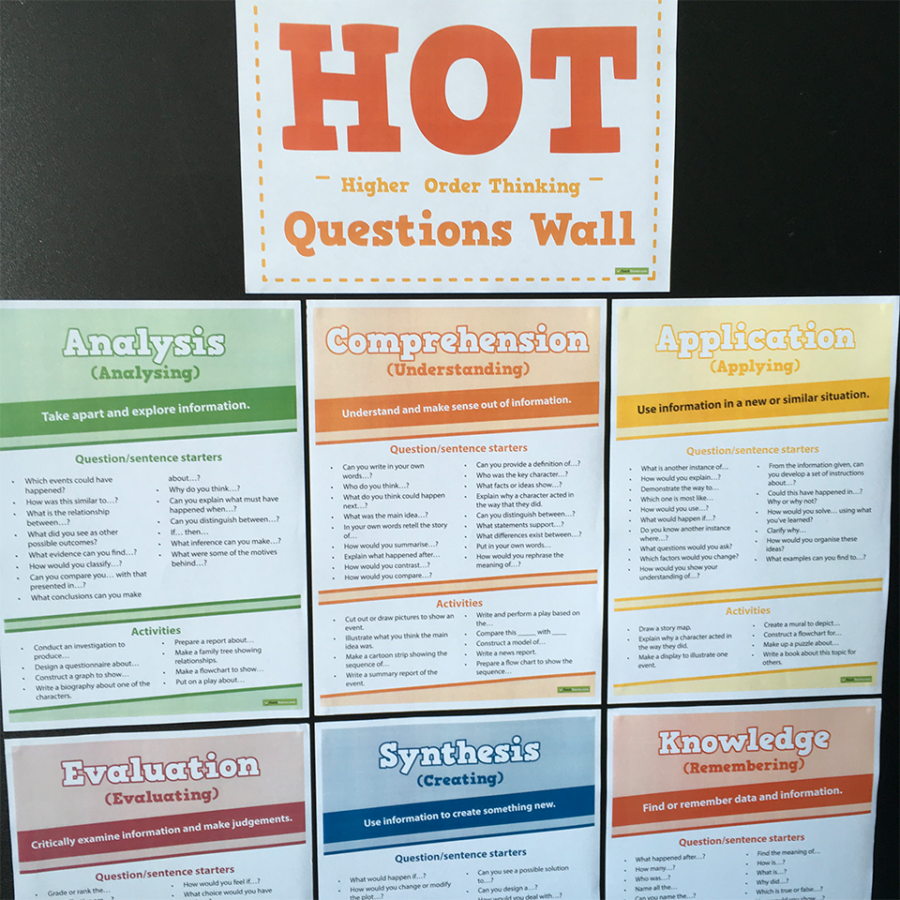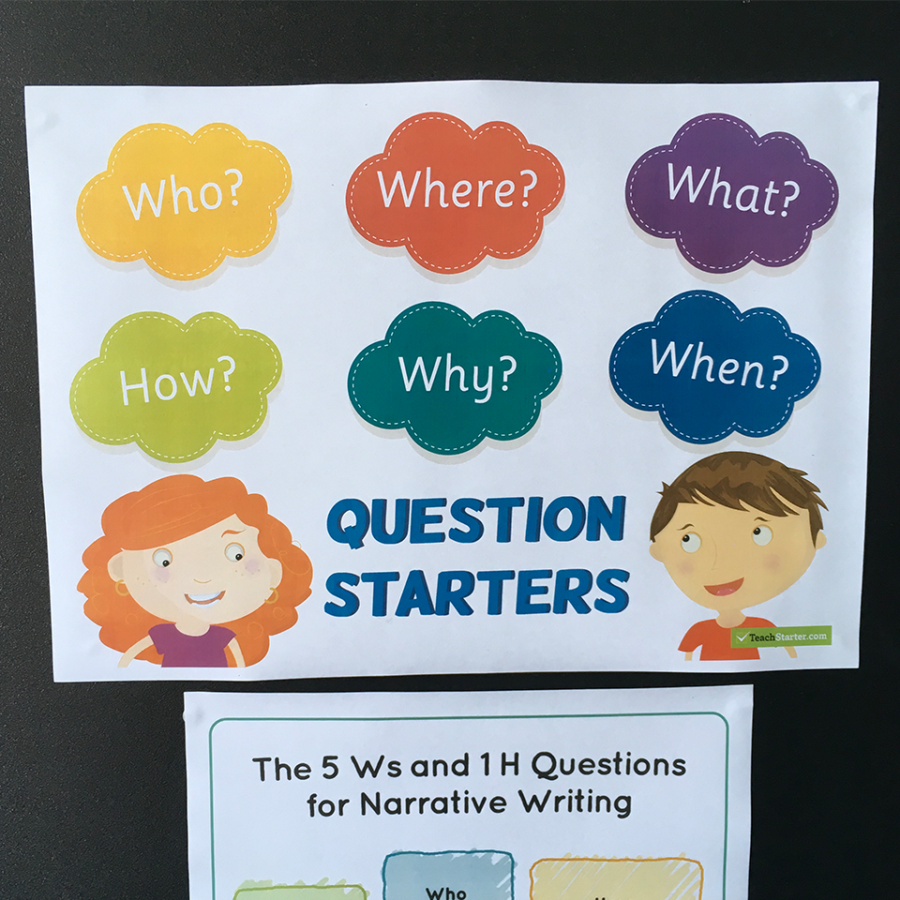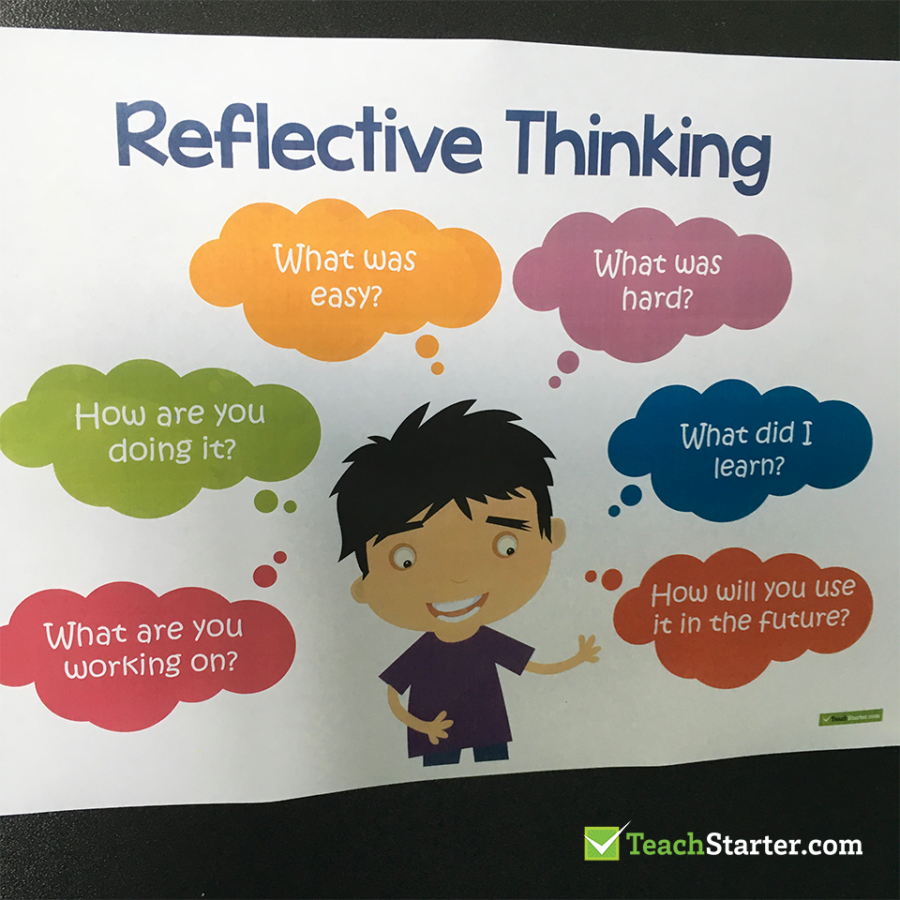Did you know that teachers ask up to 400 questions in just one school day?
It is second nature to teachers. Questions become part of the classroom language. But, are we really getting the most out of these questions?
Are your questions mainly low cognitive questions? It is imperative to examine how we question students and how we can make these questions more effective in developing their learning.
Questioning in the classroom creates the challenges that help your students learn. Questioning is crucial to promote higher order thinking, creativity and to develop learning!
Are you planning and thinking about the questions you are asking your students?
Are you scaffolding and encouraging them to ask their own questions?
Asking a variety of questions and providing your students with the knowledge to ask their own questions encourages higher order thinking and develops lifelong learners.
Here are some resources and tips to help create a variety of questions in your classroom.
Questioning in the Classroom Hints and Tips
Thinking time– I would always provide my students with time to answer a question. If you always jump in to help them answer a question – they will expect you to always do it for them.
Beach ball questioning– As the teacher, begin with a question as you throw a question beach ball to a student. That student answers the question and then throws the ball to someone else, asking another question relating to that same topic. This is a great way to delve into a topic in more depth! It also encourages students to come up with questions by themselves!
Phone a friend——我曾经讨厌被回答什么stion. It made me so nervous that I often couldn’t think straight. This is where this little fall back is great to help those shy students. Allow them to ask a friend to help them answer a question. This ensures that the whole class is listening, ready to participate and removes the stress from the questioning.
Encourage 5Ws– Along with answering questions, it is important for students to be able to ask questions themselves. By modelling the use of who, what, where, when and why as a starting point. This encourages an inquisitive nature and thinking.
Double questioning– Gain a deeper understanding and probe for a deeper awareness of a topic, try and always follow a question with another suitable question.
Fat and skinny questions– Talk to your students about fat and skinny questions! Fat questions are answered in say 15 words or more, encouraging students to provide an extended answer. Skinny questions are not seen as challenging questions, mostly knowledge based and do not require thinking or reasoning. Most skinny questions require only a yes or no answer!
Questioning all the time– Encourage students to be asking questions all the time. Before a lesson, during a lesson and after a lesson!
Questioning Classroom Resources
Using well thought out posters and resources to help guide you and your students along the questioning journey is a nice way to make sure you focus on the depth of questions that are getting asked in your classroom.
We have a number of resources that can help with this. ThisHigher Order Thinking Question Wall displayprovides a list of questions and sentence starters for all six learning objectives, as well as some associated activities.
ThisQuestion Starters postershowing who, what, when, where, why question starters may look simple. However, it is a clear visual reminder for students when you are teaching questioning techniques in the classroom.
We also have aNarrative Writing Questions posterthat is another great visual reminder.
Our set of 20Mathematics Prompting question cardshave some amazing reflective questions to use during Mathematics lessons. A great way to encourage your students to explain and justify their mathematical processes.
Encouraging your children to ask reflective questions after a lesson is a fantastic habit to get into in the classroom environment.
At the end of a lesson, gather as a class and select aReflective Thinking Cardto be the reflective focus for the day. Read the prompt to the students and provide them with some quiet thinking time.
Ask for volunteers to share their reflective thoughts with the class and discuss any similarities or differences experienced during the lesson.











